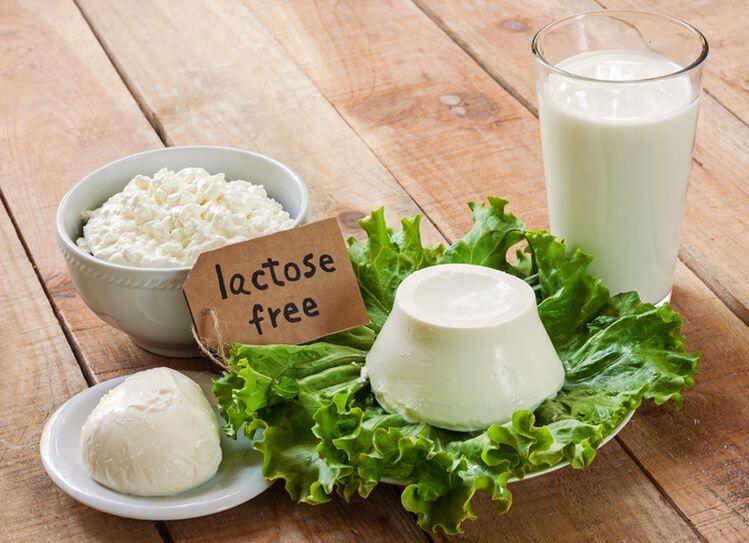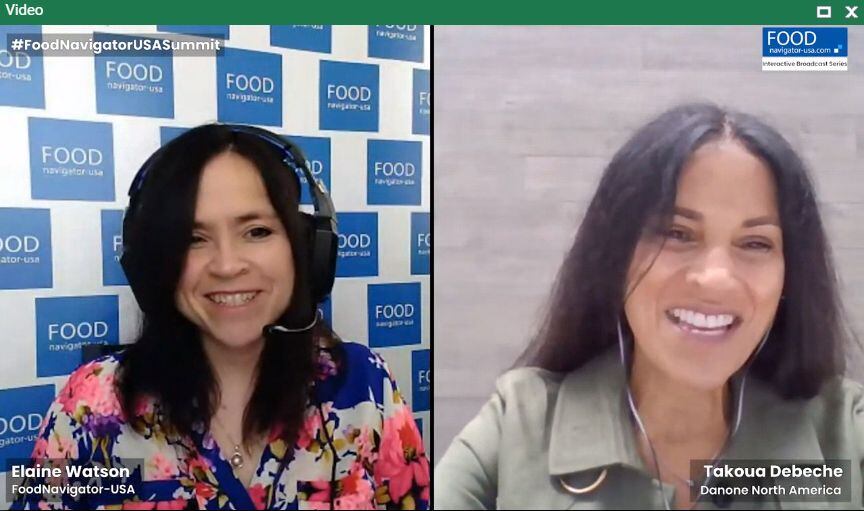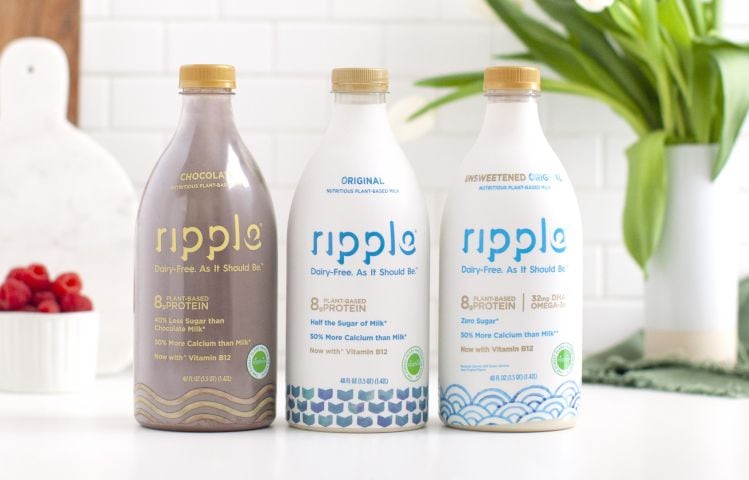To put this in perspective, organic milk accounts for 6.2% of the retail market by volume (and 11.5% by value), while flavored (conventional) milk accounts for 6.4% of the retail market by volume (and 11.5% by value).
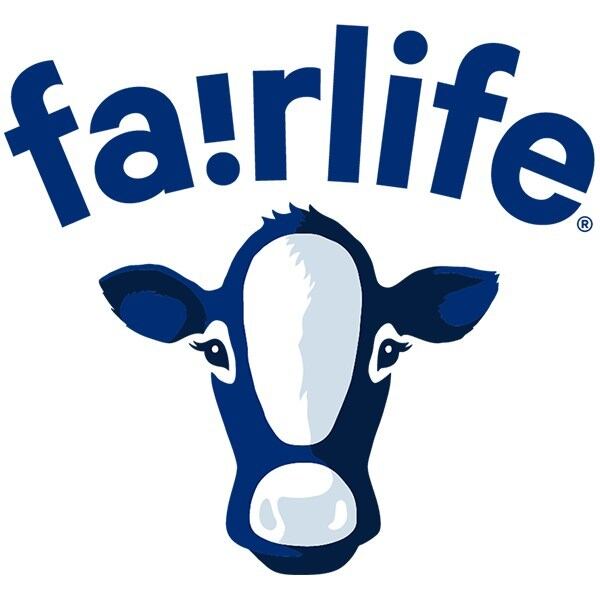
Volumes of value-added milk – encompassing lactose-free, health-enhanced, or organic – rose +15.5% in 2021 vs 2019, while traditional milk volumes were down -7.7% over the same period, according to the latest topline milk sales report from MilkPEP (the Milk Processor Education Program), which is funded by the nation's milk companies.
Within the value-added category, lactose-free, in particular, is solidly gaining ground, said MilkPEP: “Lactose-free milk continues to deliver double-digit growth over last year, and over +30% vs. 2019.”
Milk fat… the more the better?
When it comes to fat levels, while the dietary guidelines for Americans still encourage ‘low fat dairy’ consumption, consumers are much less hung up about fat than they used to be (sugar is now the nutritional bogeyman), with data in IRI-tracked retail channels showing that the lower the fat level, the larger the decline in conventional milk volumes, noted MilkPEP.
“For the last 13 weeks [to Dec 26, 2021], whole milk volume was -3%, reduced fat was -7.3%, low fat was -12.2%, and fat-free was -12.8%,” with whole milk and 2% milk now accounting for the vast majority of the market (80%).
Flavored milk, meanwhile, has made a comeback in recent weeks, driven by a return to school and higher sales of single-serve products in c-stores.
Volumes in the overall fluid milk market – covering schools, and foodservice as well as retail - continued to decline in 2021, dropping -4.2% vs 2020 as a stronger performance in out-of-home channels (+1.6% in volume) was offset by a slump in retail volumes (-7.2%), according to data from the US Department of Agriculture (USDA).
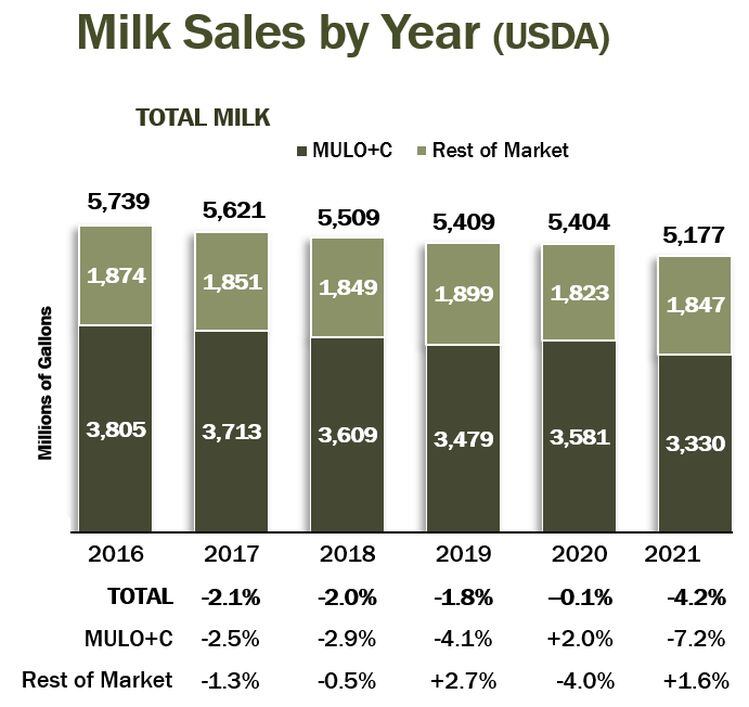
Plant-based milk: Oatmilk driving growth in slowing category
Data from SPINS on the plant-based milk market, meanwhile (which covers natural enhanced channels and IRI multi-outlet data) shows #oatmilk continuing to generate strong double-digit growth in dollar sales (+65.6% refrigerated) in 2021 vs 2020, but a weaker performance from #almondmilk, the largest segment of the #plantbasedmilk category, with dollar sales of refrigerated almondmilk down -0.8% over the same period.
SPINS also recorded double-digit declines in dollar sales of refrigerated #coconutmilk, #cashewmilk, and #flaxmilk, although #peamilk performed well, with refrigerated dollar sales up 18.3% year on year.
#Soymilk - once the leading player in the category, but now relegated to third place in the rankings behind almondmilk and oatmilk - posted a +1.2% rise in dollar sales (refrigerated).
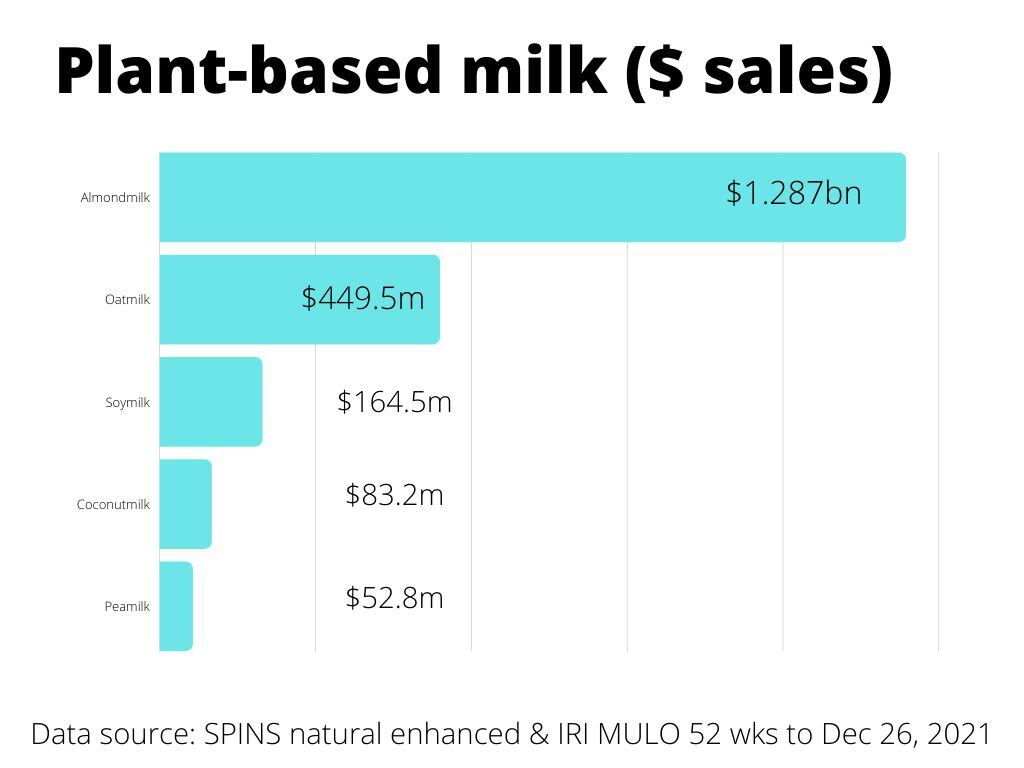
Why is dairy milk consumption falling?
While breakfast cereal consumption has declined over the years, explaining some of the drop in fluid milk consumption (although covid changed the picture somewhat with more Americans eating breakfast at home), the rise of bottled water, energy drinks, ready to drink tea and coffee and other products has also contributed to the drop, noted MilkPEP CEO Yin Woon Rani in an interview with FoodNavigator-USA last year.
“One of the reasons bottled water has done well is that it’s a great portable convenient solution that fits in with people’s lifestyles, whereas milk’s freshness, which is a great strength in some ways, is also a weakness, which is why we see some growth in shelf stable milk products [some brands such as Slate chocolate milk are also addressing this issue with shelf-stable milk products in cans for on-the-go consumption]."
Is plant-based milk responsible for dairy's decline?
But where does plant-based milk fit into this picture?
While almondmilk and other plant-based milks have cannibalized some dairy milk sales, a 2020 report from the USDA's economic research service noted that the increase in sales of plant-based milks between 2013 and 2017 was only one-fifth the size of the decrease in Americans’ purchases of cow’s milk, suggesting that other factors are clearly at play, said Rani.
When it comes to volumes meanwhile, plant-based milks (which have a far higher ticket price) are dwarfed by dairy milk, she added.
“There’s no one thing, there's just a lot of more choice now, but milk still does really well from a health perspective, with consumers still rating it #1, and we made some nice gains with some key audience groups during the pandemic, particularly among teens and tweens.”
With some exceptions, consumers are not generally consciously turning away from dairy milk because they have a problem with it, she said. Indeed, many shoppers aren’t even aware that they’re consuming less than they used to. "It’s simply that their lifestyles are changing."
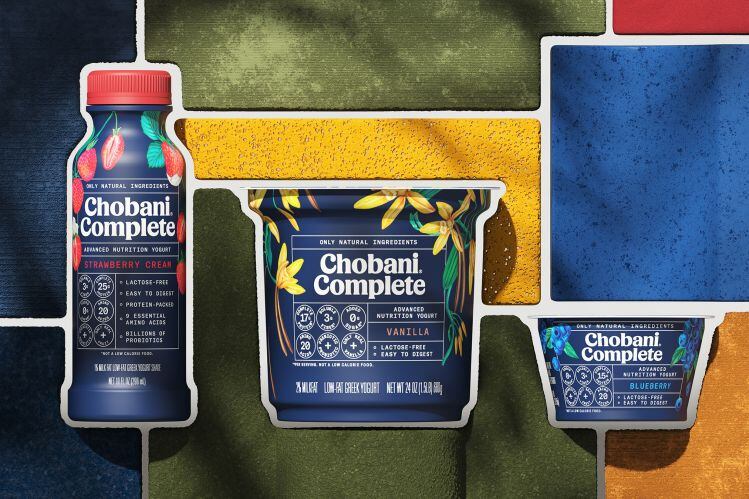
According to IRI, we can expect to see more digestive health claims in the dairy category this year: “We are seeing manufacturers ramp up their offerings of products with probiotic, prebiotic and other claims related to digestive health in response to consumer demand for these items.”

